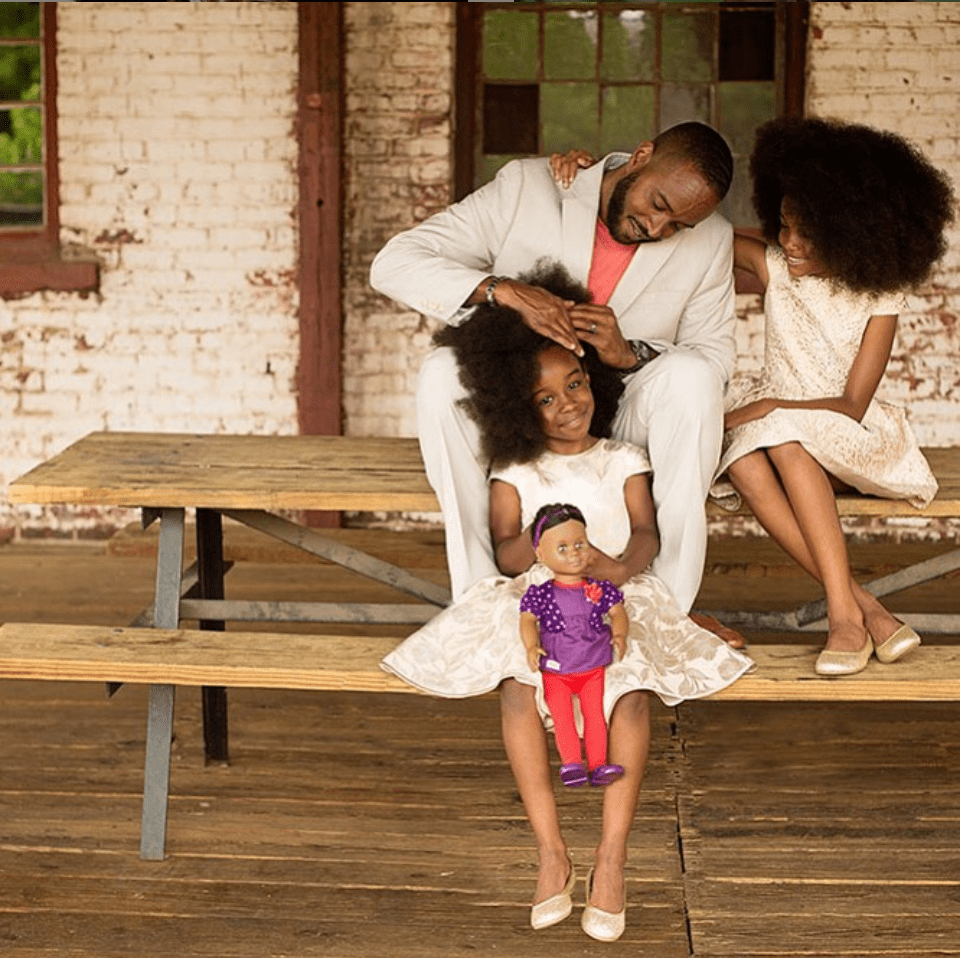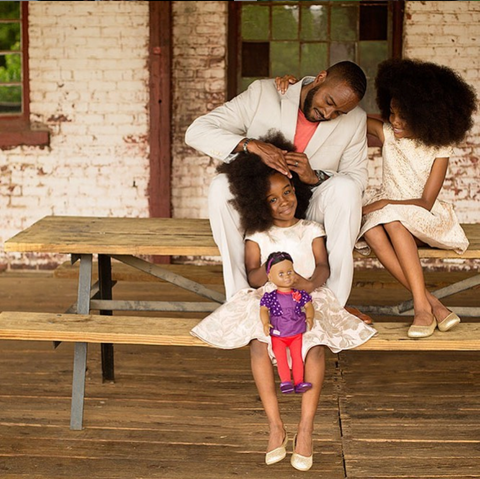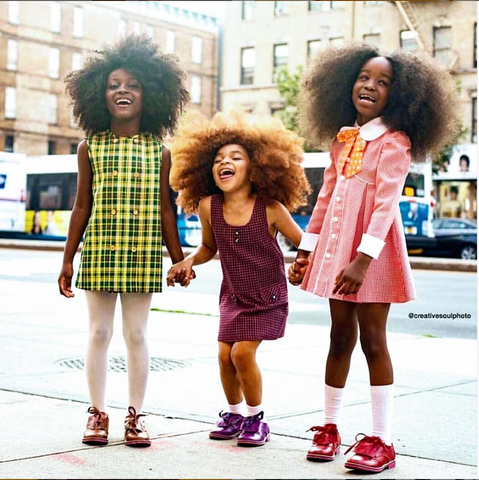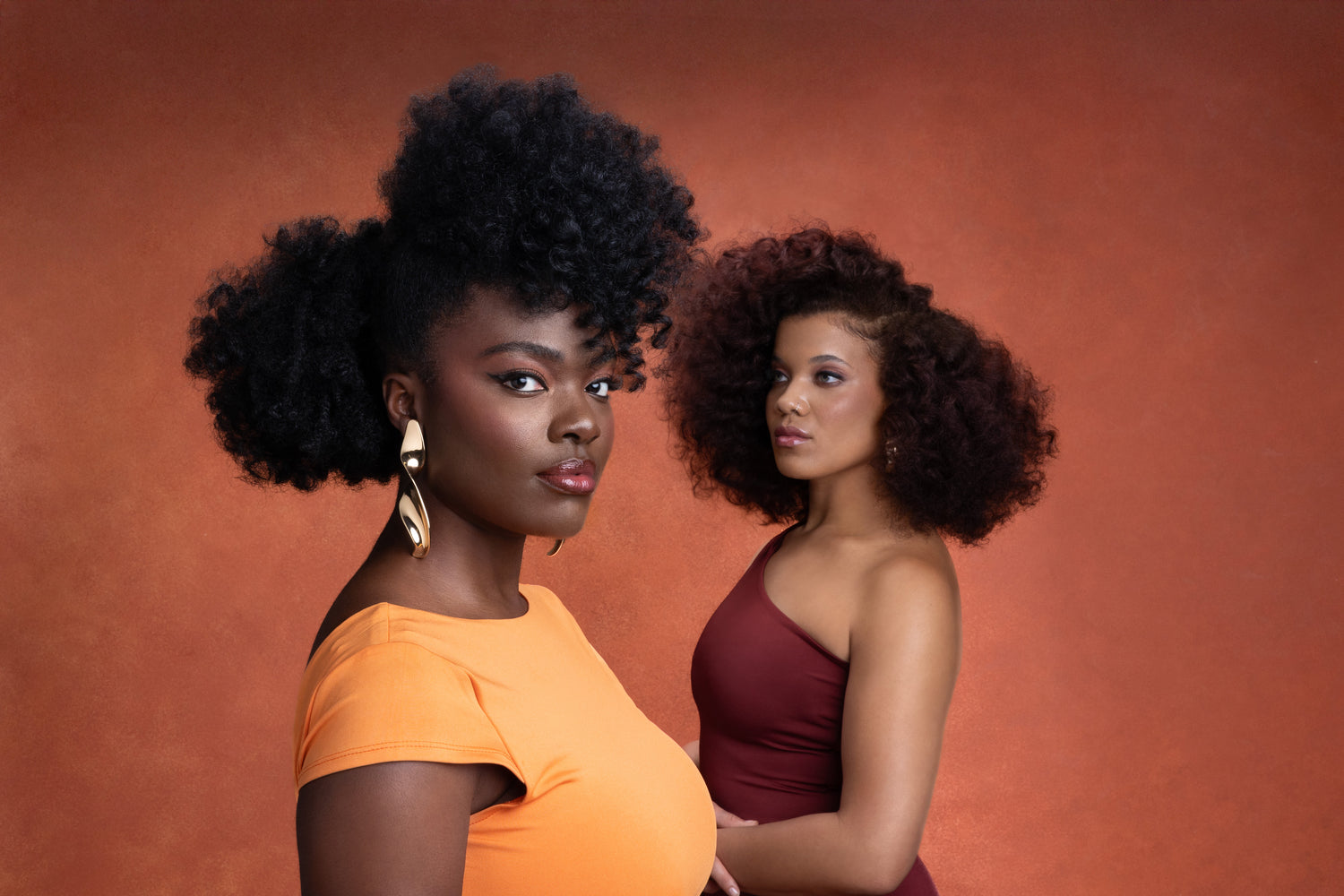This blog is a guest piece by author Hannah Lee.
Black hair is so beautiful. Learning how to love its intricate nature and appreciate how extraordinary it is can be made easier for children and young people with guidance from those around them. The following are some tips on how you can help children embrace their afro hair.
Positive Reinforcement
A large part of the way we think about our hair is formed in the language that others, especially those doing it, use to describe it: “Tough,” “Hard”, “Unmanageable”, “Difficult.”
A child hearing these negative words will begin to associate them with their hair, which will inform their attitude towards it.
Instead, use positive language to describe your child’s hair: “Lovely,” “Strong,” “Beautiful,” “Unique.”
Congratulate children for sitting still or persevering during a particularly strenuous part of the routine. As a young child, it can be particularly confusing and frustrating to have to get your hair combed out so words of encouragement go a long way in making the experience a positive one.
Communication is Key
Talk to your child through the actions you carry out when doing their hair. For example, explaining “I’m going to part your hair here and comb through this part.” The more they understand the process, the more they’ll learn to appreciate how much goes into the finished result!
Put the power in their hands
Hair is a part of how we express ourselves and as an extension, an opportunity to convey our identity. Let’s ask children, “What hairstyle do you want to do?”
Not only does this promote decision-making, but it also encourages the child to get creative and emphasizes the versatility of their afro hair.
Teach!
Naturally, children are very curious and will likely want to learn how their hair is done. Allow your child to touch your hair, make comparisons and have discussions about texture. Allowing them to look in the mirror whilst you do their hair gives them a live demonstration, whilst practising on dolls also aids early development and understanding about how hair is done.
Representation Matters
The media we consume shapes the ideas we have about the world, especially as children when we are actively searching for resources to add to our understanding of things.
Surround children with images, books, art, movies, toys, cartoons and other types of media that contain people who look like them; people who have afros, cornrows, twists, dreadlocks and other hairstyles like theirs. Children will respond positively to this and are often excited to discover these images exist. Many Black women who grew up in the 90s have remarked how seeing Brandy, a young Black woman with micro braids and her own TV show, meant a lot to them. Something that drew young me to Alicia Keys, alongside her music, of course, was her affinity for cornrows and the way she experimented with them. Of course, the myriad of hairstyles showcased in Black Panther will also reflect and inspire many young people.
The Mirror Image Makes a Difference
When my sister finishes doing my niece’s and nephew’s hair, she invites them to go and look in the mirror. She says she does this because she wants them to, “enjoy seeing themselves with their afro hair.” This motivates them to acknowledge out loud how remarkable their hair is.
I hope these tips helped! If you have any ideas on how children can embrace their natural hair, whether that be things you’ve learnt from your parents, friends, family or tips you’ve picked up along the way, get in touch!
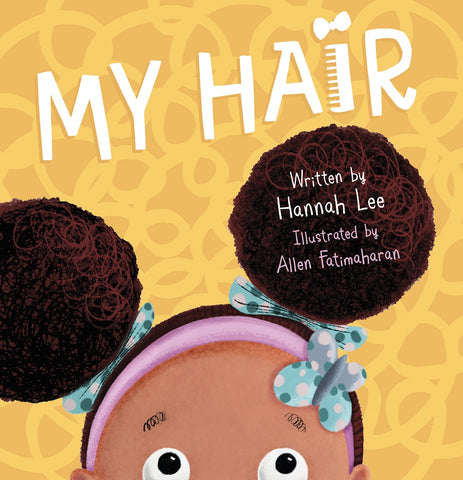
My Hair by Hannah Lee and illustrated by Allen Fatimaharan publishes on the 5th September by Faber Children's and tells the story of one girl’s search for the BEST party hair – as demonstrated by her family and friends.
Pre-order your copy now on Amazon or Follow Hannah on Twitter at @hannahleewrites
Learn more about Afro hair from these related blogs:
The ultimate guide to afro hair care
